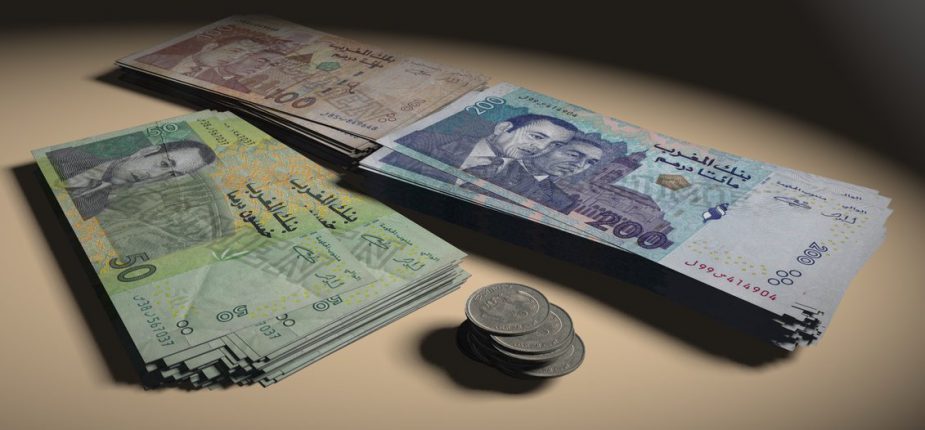Flexible exchange rate for the dirham: the long road towards an essential reform
The reform of the dirham exchange rate system, introduced on Monday 15 January 2018, hardly came as a surprise.
The scheduled introduction of the reform last July had to be postponed under
